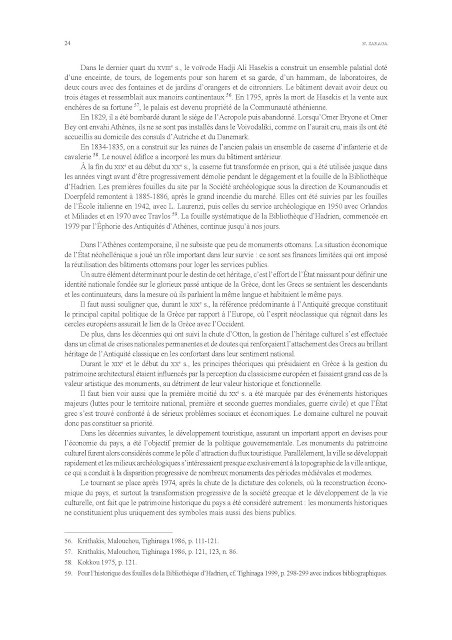Το Τζαμί της Πλατείας Μοναστηρακίου χτίστηκε το 1759 από τον τότε Βοεβόδα των Αθηνών Τζισδαράκη. Παλιότερα ονομαζόταν Τζαμί του "Κάτω Σιντριβανιού", από το σιντριβάνι που βρισκόταν εκεί κοντά, ενώ ολόκληρη η περιοχή ήταν γνωστή ως "Κάτω Παζάρι".
Μετά την ίδρυση του Ελληνικού Κράτους, το Τζαμί χρησιμοποιήθηκε για ποικίλους σκοπούς (στρατώνας της στρατιωτικής μουσικής, φυλακή, αποθήκη). Το 1915 αναστηλώθηκε από τον Αναστάσιο Ορλάνδο και το 1918 στέγασε το "Μουσείον Ελληνικών Χειροτεχνημάτων" που ιδρύθηκε τότε.
Στο Τζαμί στεγάζεται από το 1975 η πλούσια Συλλογή Κεραμεικής, δωρεά του Καθηγητή Β. Κυριαζόπουλου. Από το 1991, η Συλλογή προβάλλεται με ανανεωμένη εκθεσιακή παρουσίαση.
Βρίσκεται στην οδό Άρεως 1, στην Πλατεία Μοναστηρακίου. Τηλέφωνο επικοινωνίας : 210 32 42 066



















































